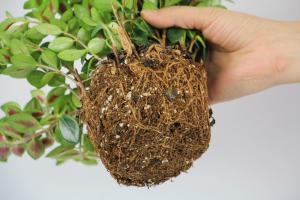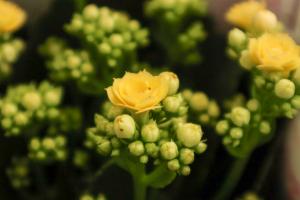Should You Use Used Potting Soil for New Plants?
Potting soil is essential for potted plants, as it provides the necessary nutrients, moisture retention, and aeration that plants need to thrive. Unfortunately, potting soil can be expensive, which is why some gardeners choose to reuse their old potting soil instead of buying new. But is it really a good idea to recycle your used potting soil for new plants? Let's take a closer look.
The Pros of Using Used Potting Soil
There are a few benefits to reusing your old potting soil. For one, it saves you money. If you're not careful, buying new potting soil each time you repot can add up quickly. Reusing your old soil can also be more environmentally friendly, as it helps reduce waste. Additionally, reused potting soil may contain beneficial microorganisms that can help promote healthy plant growth.
The Cons of Using Used Potting Soil
Despite the advantages, there are some significant downsides to using your old potting soil. First and foremost, reused soil can be a breeding ground for pests and diseases. Even if your old potting soil looks clean, there could be hidden pathogens lurking beneath the surface that can harm your new plants. Additionally, used soil tends to have fewer nutrients than fresh soil, as the old soil has already given up much of its nutrients to the previous plants. This can leave your new plants struggling to get the nutrients they need to thrive.
Cleaning and Reusing Potting Soil
If you're determined to reuse your old potting soil, there are some steps you can take to help minimize the risks. First, be sure to inspect the soil thoroughly for signs of pests or disease. Remove any plant debris or old roots to reduce the risk of harboring harmful microorganisms. Next, mix in fresh compost or other organic matter to help rejuvenate the soil and add back some nutrients. Finally, use this "rejuvenated" soil as a top layer for your pot, with fresh potting soil in the bottom layer. This helps minimize the risk of pests or diseases affecting your new plants while still allowing you to conserve your old soil.
When to Use Fresh Potting Soil
While recycling old potting soil can be tempting, there are some situations where it's better to go with fresh soil instead. If you've recently had plants die due to pests or disease, it's best to start with fresh soil to avoid any remaining pathogens. Additionally, if your old soil has become overly compacted or has a high salt content, it's better to invest in new soil for your plants.
The Bottom Line
In the end, the decision of whether to use used potting soil for new plants comes down to weighing the benefits and risks. Reusing old soil can save you money and be more environmentally friendly, but it also carries the risk of pests and disease. If you're going to recycle your old soil, be sure to clean it thoroughly and mix in fresh compost to help replenish nutrients. However, there are some situations where it's better to use fresh potting soil to avoid any potential problems.

 how many times do yo...
how many times do yo... how many planted tre...
how many planted tre... how many pine trees ...
how many pine trees ... how many pecan trees...
how many pecan trees... how many plants comp...
how many plants comp... how many plants can ...
how many plants can ... how many plants and ...
how many plants and ... how many pepper plan...
how many pepper plan...





























